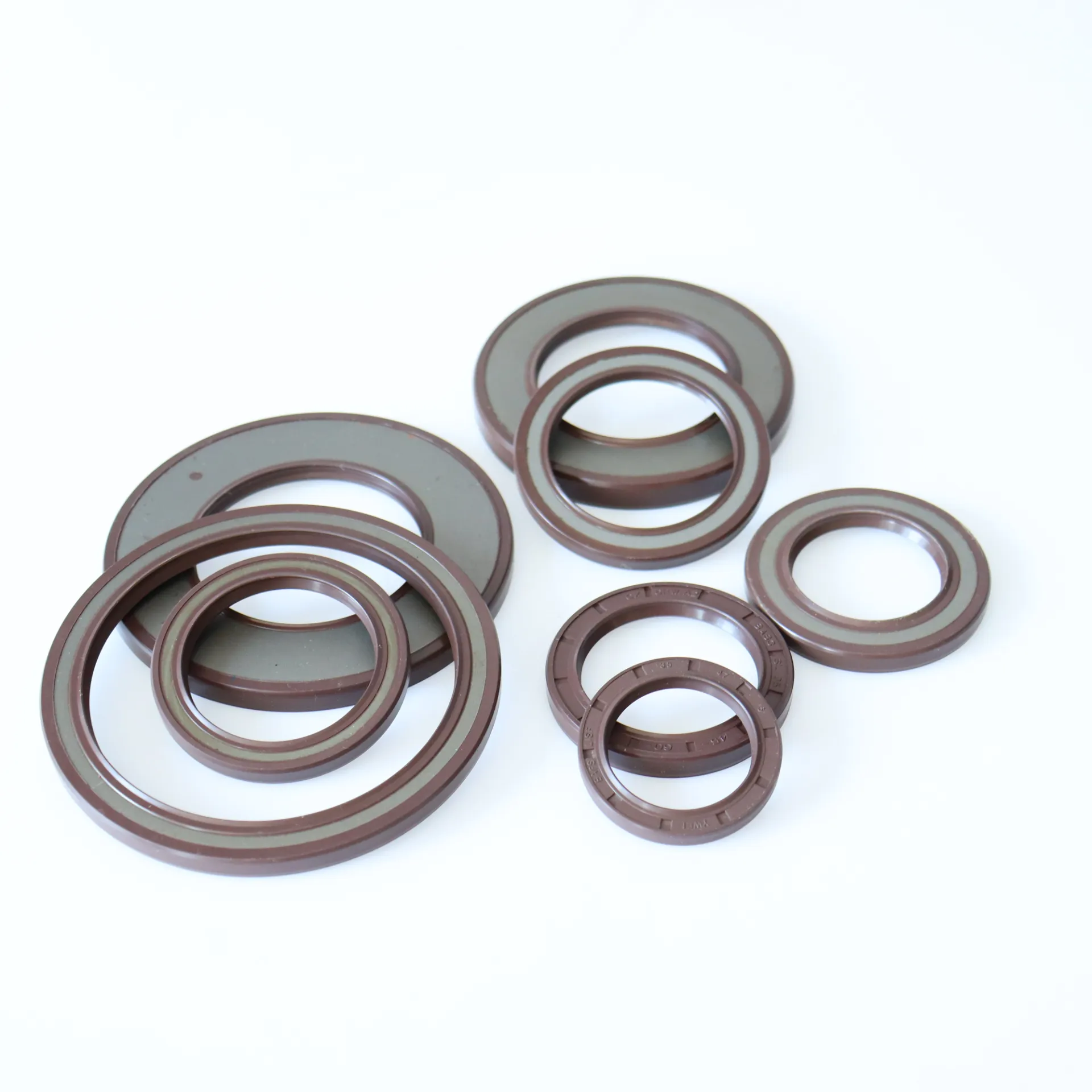Septemba . 21, 2024 19:07 Back to list
hydraulic cylinder wiper seal
Understanding Hydraulic Cylinder Wiper Seals Their Importance and Function
Hydraulic systems are essential in various industries, from construction to manufacturing, providing the power necessary to perform complex tasks. At the heart of these hydraulic systems are hydraulic cylinders, which rely on several components to operate efficiently. One crucial element of a hydraulic cylinder is the wiper seal. This article explores the role, importance, and maintenance of wiper seals in hydraulic applications.
A hydraulic cylinder operates by converting hydraulic energy into mechanical energy, allowing for the movement of loads. Within these cylinders, fluid flows in and out, pushing a piston that facilitates movement. However, with the introduction of fluid dynamics comes the risk of contamination and fluid leakage, both of which can severely impair the performance and longevity of the hydraulic system. This is where the wiper seal comes into play.
Wiper seals, also known as scraper seals, are designed to prevent external contaminants, such as dirt, dust, and moisture, from entering the hydraulic cylinder. They are typically located at the outer edge of the cylinder's piston rod, acting as a barrier that protects the internal components from abrasive particles that can cause wear and tear. Additionally, wiper seals help to maintain the hydraulic fluid's integrity by minimizing the risk of leakage.
hydraulic cylinder wiper seal

The design of a wiper seal is crucial; it must be robust enough to withstand the environmental conditions it faces while also being flexible enough to accommodate the movement of the piston rod. Materials commonly used for wiper seals include polyurethane, rubber, and various thermoplastics, each chosen for their specific properties such as resistance to abrasion, temperature fluctuations, and chemical exposure.
One significant advantage of having a well-functioning wiper seal is that it enhances the overall efficiency of the hydraulic cylinder. Contaminated fluid can lead to increased friction, reduced performance, and higher energy consumption. By keeping the interior of the cylinder clean, wiper seals help to optimize the hydraulic system's effectiveness, leading to improved productivity and reduced operational costs.
Preventative maintenance is essential for ensuring the longevity of hydraulic cylinder wiper seals. Regular inspections can help detect signs of wear or damage, such as cracking or deformation of the seal material, which can compromise their performance. It is also important to monitor the hydraulic fluid's cleanliness, as the presence of debris can rapidly degrade the seal's effectiveness.
In conclusion, hydraulic cylinder wiper seals are vital components that significantly influence the performance and lifespan of hydraulic systems. By preventing contamination and minimizing leakage, they play a crucial role in maintaining system efficiency. Investing in high-quality wiper seals and implementing a proactive maintenance strategy can lead to more reliable operations and cost savings in the long run. As industries continue to evolve and innovate, understanding the function and importance of these seals will be essential for anyone working with hydraulic technology.
-
TCN Oil Seal Metal Ring Reinforcement for Heavy Machinery
NewsJul.25,2025
-
Rotary Lip Seal Spring-Loaded Design for High-Speed Applications
NewsJul.25,2025
-
Hydraulic Cylinder Seals Polyurethane Material for High-Impact Jobs
NewsJul.25,2025
-
High Pressure Oil Seal Polyurethane Coating Wear Resistance
NewsJul.25,2025
-
Dust Proof Seal Double Lip Design for Construction Equipment
NewsJul.25,2025
-
Hub Seal Polyurethane Wear Resistance in Agricultural Vehicles
NewsJul.25,2025
-
The Trans-formative Journey of Wheel Hub Oil Seals
NewsJun.06,2025
Products categories
















